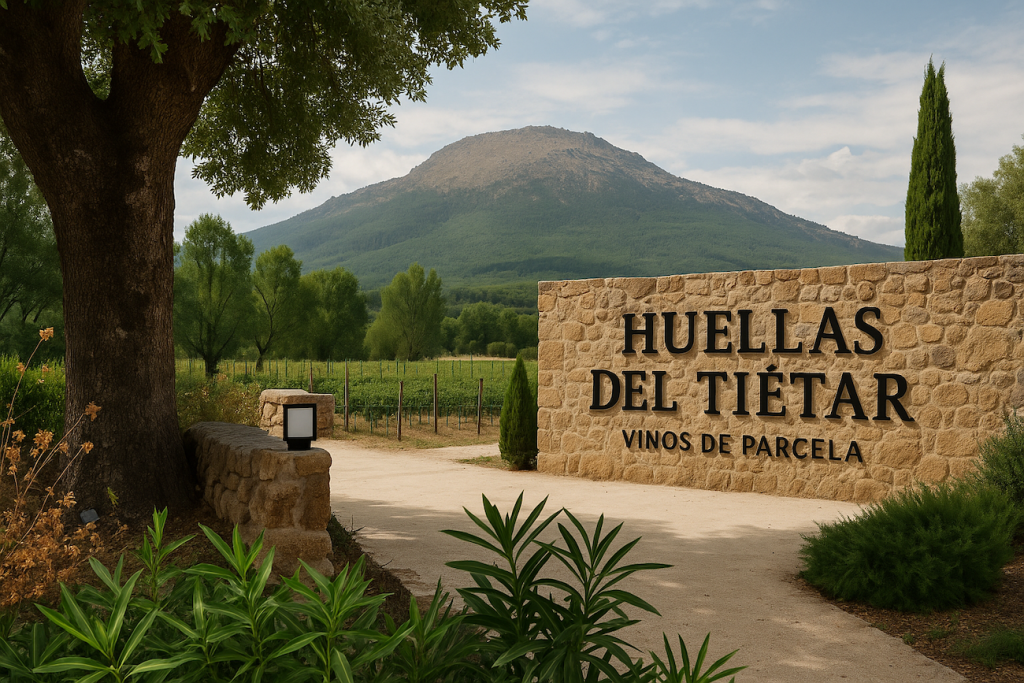
The road to Bodega Huellas del Tiétar winds through the Tiétar Valley—one of those routes that makes you roll the windows down just to smell the sun-dried grass and fig trees. By the time you reach Lanzahíta, a tiny village nestled into the southern slopes of the Sierra de Gredos, you’ve already decided to slow down and savor.
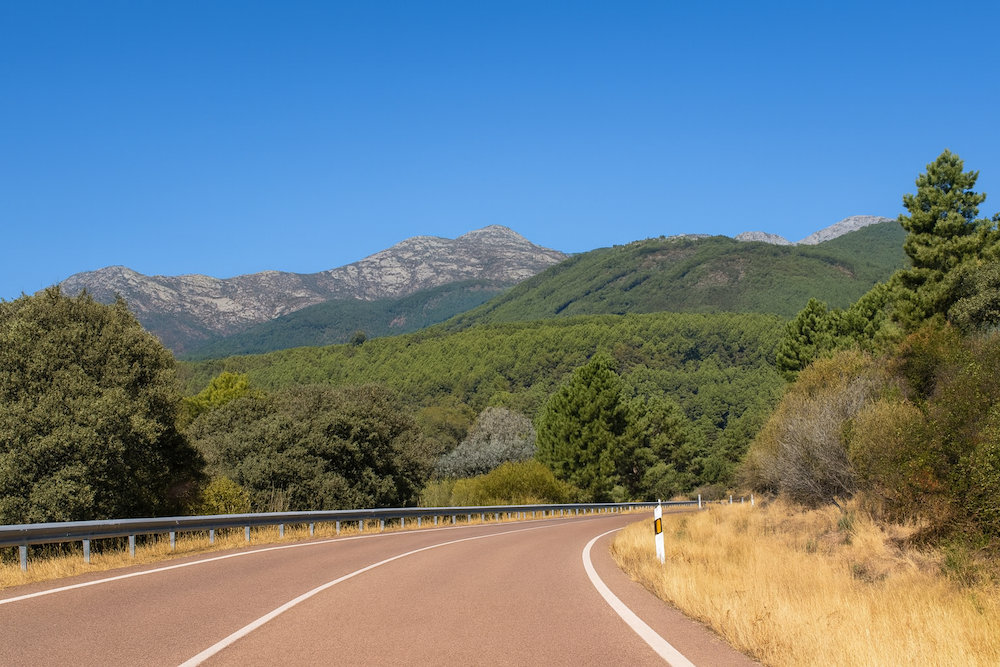
In just under two hours from Madrid, Bodega Huellas del Tiétar is a perfect escape from the hustle and bustle of big city life—or small town life, for that matter. It’s just a lovely getaway from your day-to-day life.
That’s exactly what I experienced when my friend Laura and I went there for a wine tasting.
By the way, forget about traditional classrooms. Laura’s company, Vetonia, offers immersive and intensive Spanish courses in Spain, so you’ll learn the language while wine tasting, hiking in the mountains, picking mushrooms, cooking traditional meals, practising yoga or even paragliding. You’ll practice real-life Spanish while connecting with locals and nature in meaningful ways.
The Wine Tour
We pulled off the country road onto the dirt road that leads into the vineyard, parked and walked in. The bodega’s name, Huellas del Tiétar, means “footprints of the Tiétar” and the whole place feels like a postcard.
The cata de vinos (wine tasting) starts with a tour of the vineyard. While awaiting the rest of the tour group (two other couples), Laura and I chatted with Isabel, our guide. My Spanish is not perfect (hence why I’m taking Spanish lessons!), but Isabel was kind enough to speak a little slower and repeat herself when I said something along the lines of “Um, ¿qué?”
Laura knows the bodega owners, Víctor and Teresa, so her young son ran off to play with their same-age son. Huellas del Tiétar is a family-run business, which means it focuses on quality rather than quantity. The result? Small‑batch wines that feel less like a product and more like a conversation with the land. Their mission is “preserving nearly century-old vineyards, threatened by the lack of generational renewal and the inability of their winegrowers to turn their work into a sustainable livelihood.”
“At Huellas del Tiétar, we recover the vines of yesterday to make the wines of today.”
The tour started in the patio area where Isabel told us about the history of the vineyard.
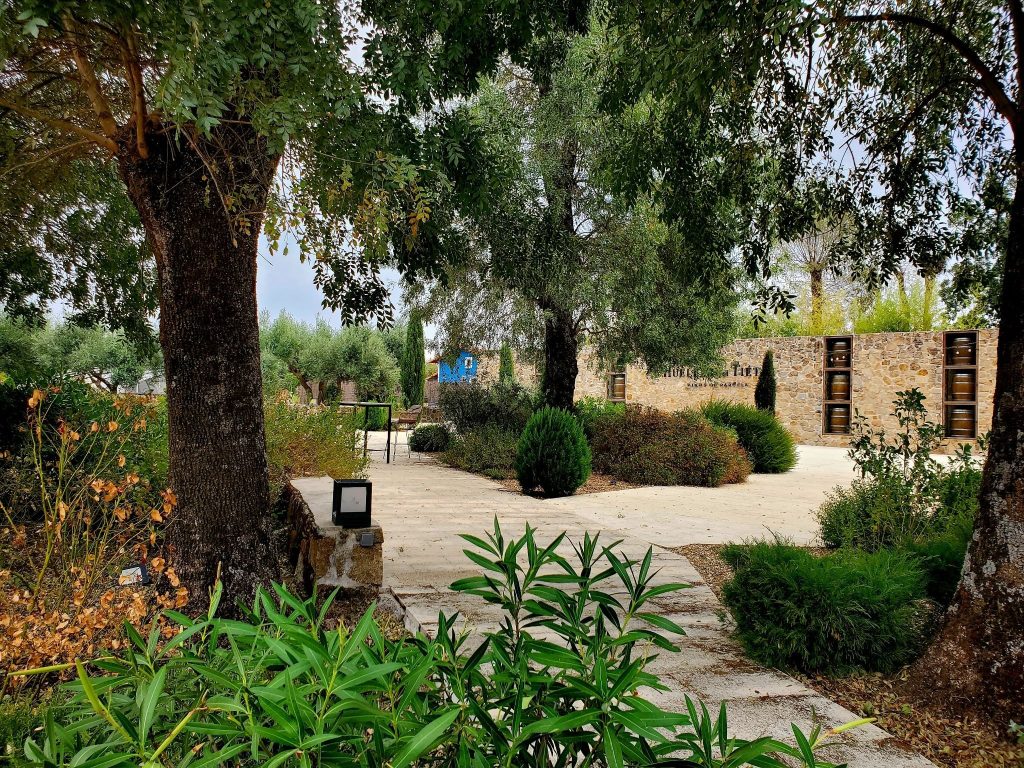
Denominación de Origen Protegida de Cebreros (DOP)
Their journey started in 2013 and was kind of a rescue mission: Dozens of near‑centennial vines were on the brink of abandonment because younger generations weren’t taking over. Instead of watching those living relics vanish, the family learned everything they could about the land and the vineyards. Four intense years later, in 2017, the Bodega Huellas del Tiétar earned its place in the Denominación de Origen Protegida de Cebreros (Cebreros Protected Designation of Origin).
The DOP is an officially recognized Spanish wine appellation and Spain’s highest level of geographical protection for agricultural products. This label means the wine has been produced under strict geographical and quality controls in the Cebreros area, reflecting its unique high-mountain terroir and local winemaking heritage—a mark of authenticity and excellence.
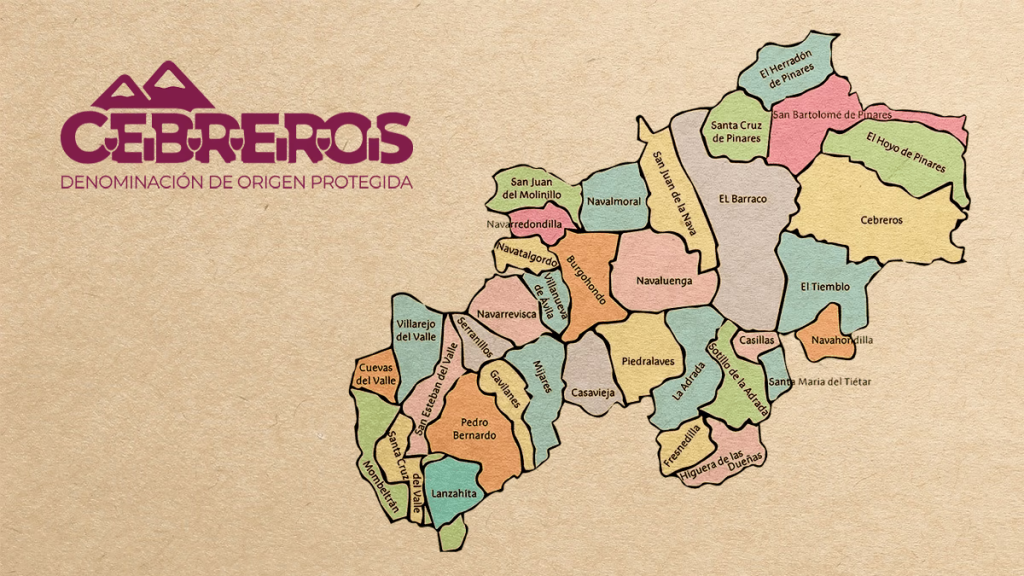
It guarantees that:
- The wine comes from a specific area with clearly defined boundaries (in this case, around the town of Cebreros and neighboring villages in Ávila).
- Grapes are grown, harvested and vinified locally, following strict production standards.
- Quality, reputation and characteristics of the wine are tied to its geographical environment—including soil, altitude, climate and traditional know-how.
The wines of the Cebreros DOP are born on the slopes of the majestic Sierra de Gredos, descending northward to the Alberche River valley and southward to the Tiétar valley. This land, steeped in history, character and granite, give the old vines cultivated in their soils an unmistakable mineral personality.
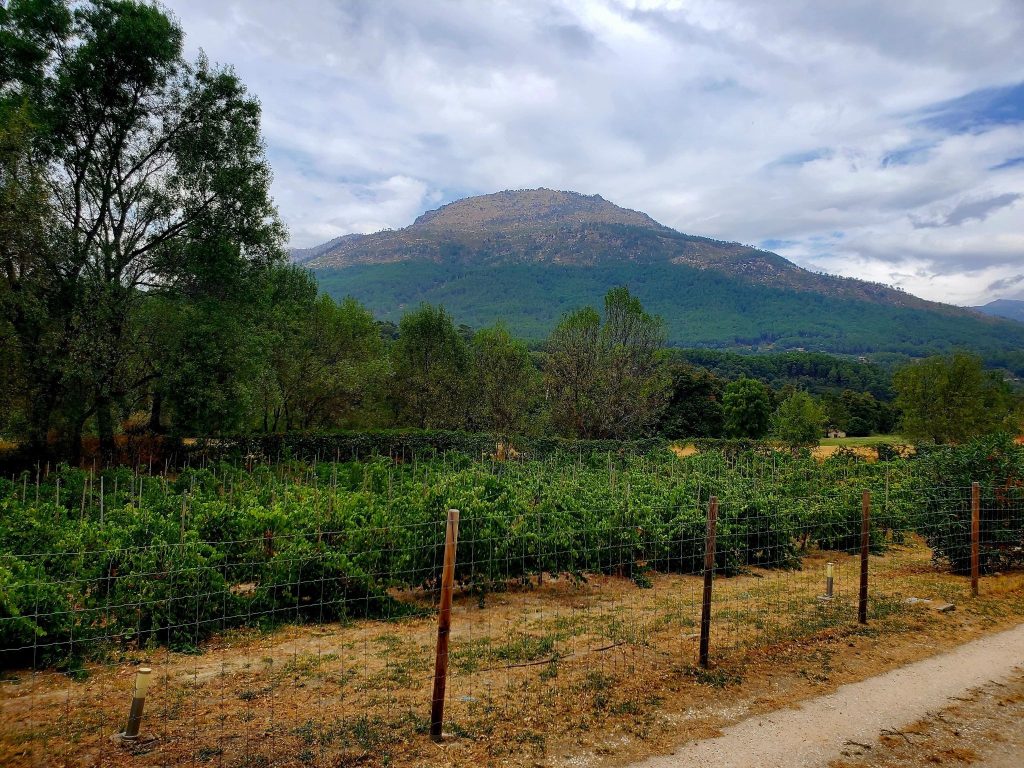
The main grape varieties of DOP Cebreros are:
- Garnacha Tinta (red) — the star of the region, producing elegant, aromatic, high-altitude wines similar in style to those from Gredos or even some Rhône wines.
- Albillo Real (white) — a rare, local grape used for distinctive, textured white wines.
Today, Huellas del Tiétar positions the Tiétar Valley and the Sierra de Gredos as a benchmark for “vinos de parcela” (single-vineyard wines).
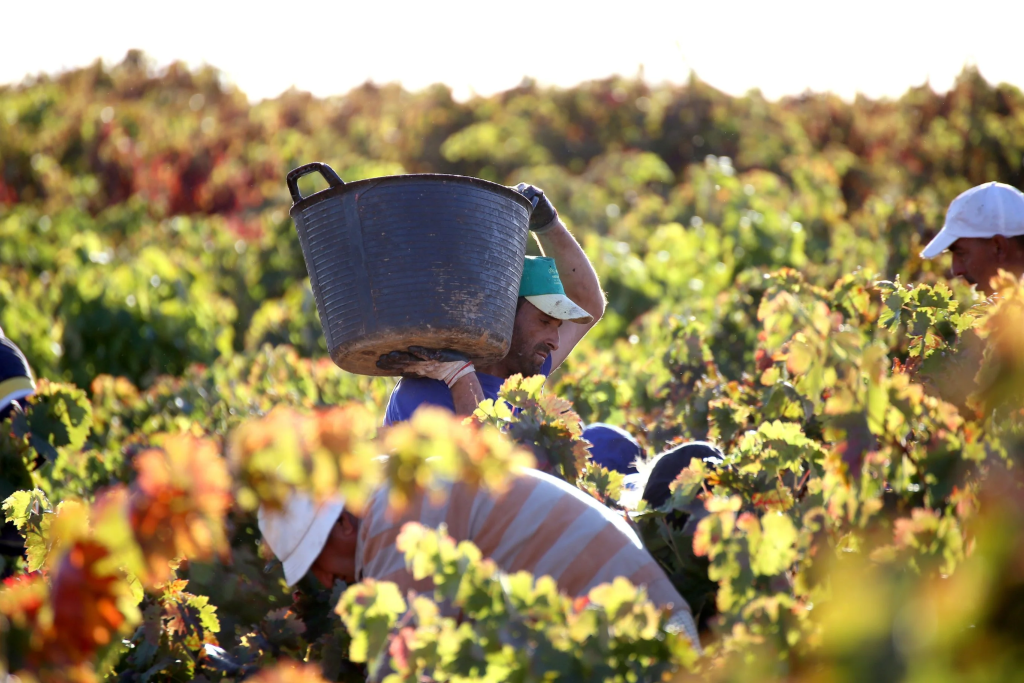
Back to the tour.
The Cellar
Next, Isabel takes us into the cellar to show us how they make their wine. In this photo, the stainless steel tanks seem to have little holes on the side. These “holes” are part of the temperature-control system which help the winemaker control fermentation with precision to get the desired aromas and structure of the wine.
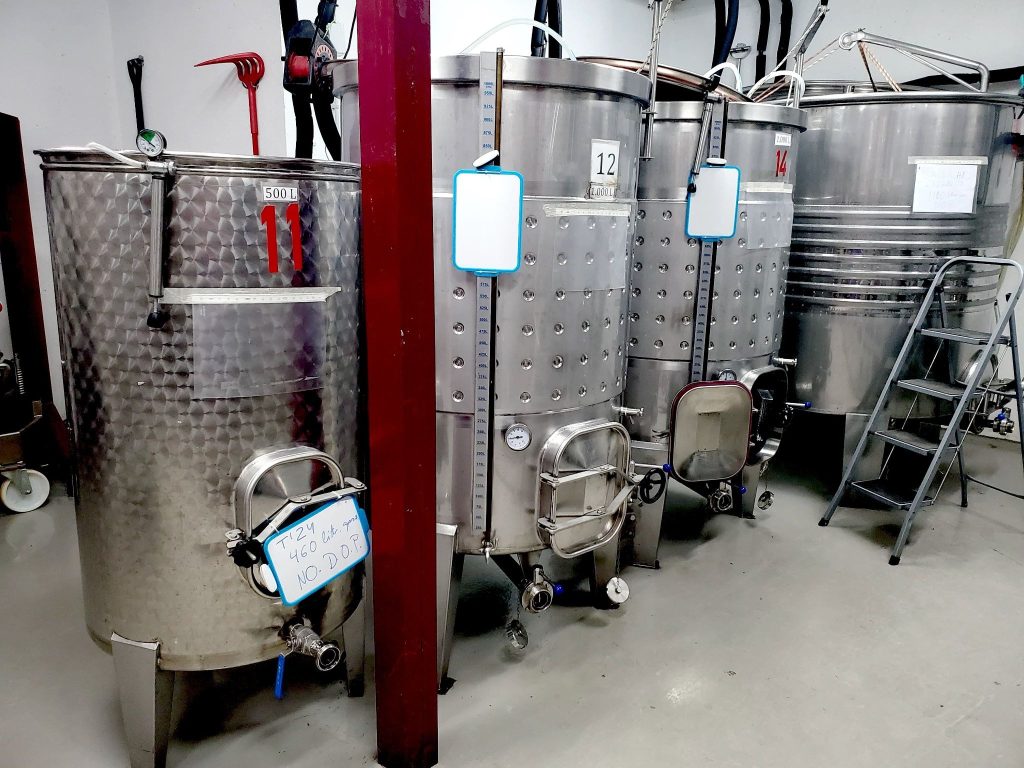
Deeper into the cellar, I see what appears to be a strangely decorated wall behind the oak barrels in which the wines are aging. Then I realize: that’s not wallpaper, that’s bottles and bottles of red (the dark tops) and white (the amber tops) wines.
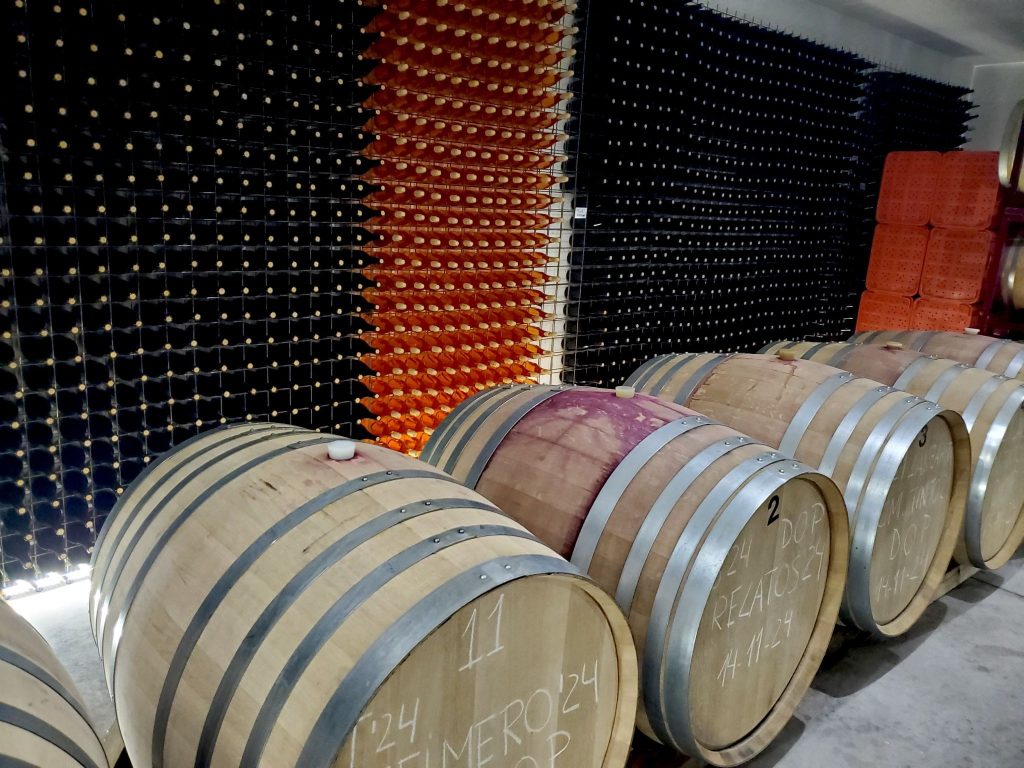
These are in the bottle-aging phase, or the process of harmonizing—letting the flavors integrate after bottling. They’re stored horizontally, which keeps the cork moist and sealed.
The Wine Tasting
Then comes the tasting, where we get to explore and identify the DOP Cebreros “terroir”. Isabel leads us into their restaurant where each pair (me and Laura, plus another couple) sit at different tables. It’s a beautiful setting, with huge windows that allow you to look out at the lawn and the vineyards beyond.
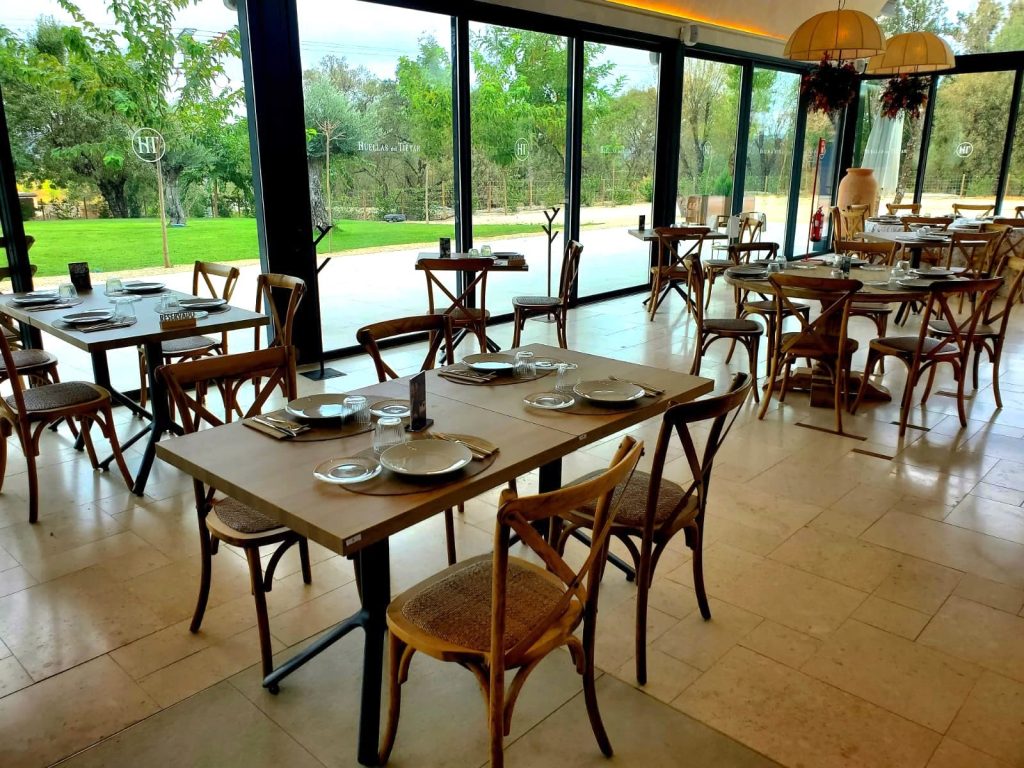
Laura and I each tried two wines, one red and one white.
Comisura Tinto 2022 | Tinto Joven | 100% Garnacha
- Color: Medium cherry red with violet tinges.
- Aroma: Raspberry, wild strawberry, candied orange, cherry, and blackberry. Balsamic and floral notes of rose.
- Palate: Very fresh, direct, lively, and with good acidity.
Comisura Blanco 2023 | Blanco joven | 70% Verdejo, 30% Albillo Real, Garnacha blanca y Moscatel
- Color: Straw yellow. Very fine, bright hues with metallic notes.
- Aroma: Apricot, pear, yellow plum, hints of citrus and anise, and hints of white flowers.
- Palate: Fresh with hints of citrus, long-lasting. Lively, vibrant, and tense. Balanced.
(Honestly, I took these descriptions off their website because my palate is not this sophisticated. But I will say that we enjoyed them thoroughly!)
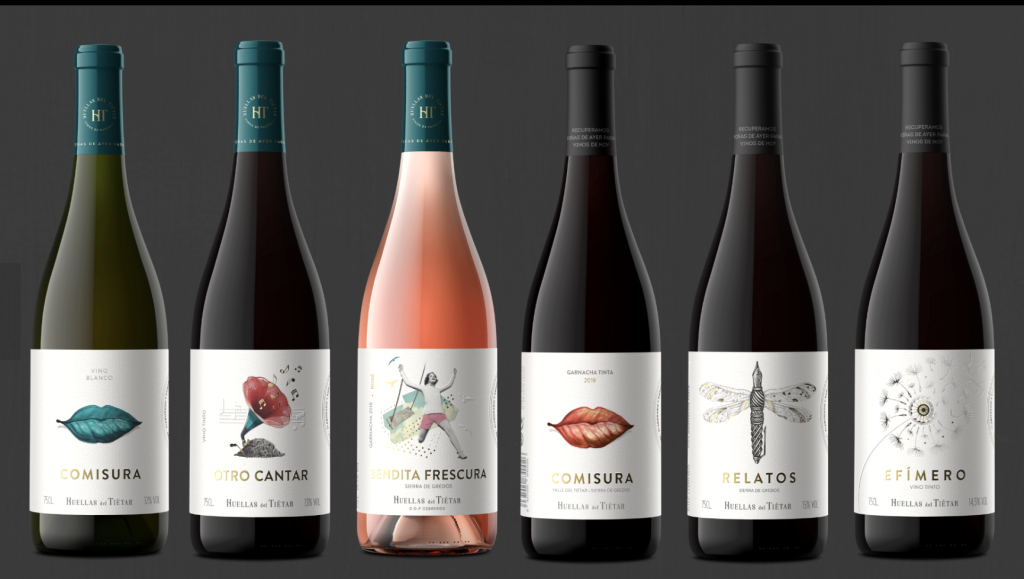
The Restaurant
If you have time, you should book lunch at their beautiful restaurant afterward.
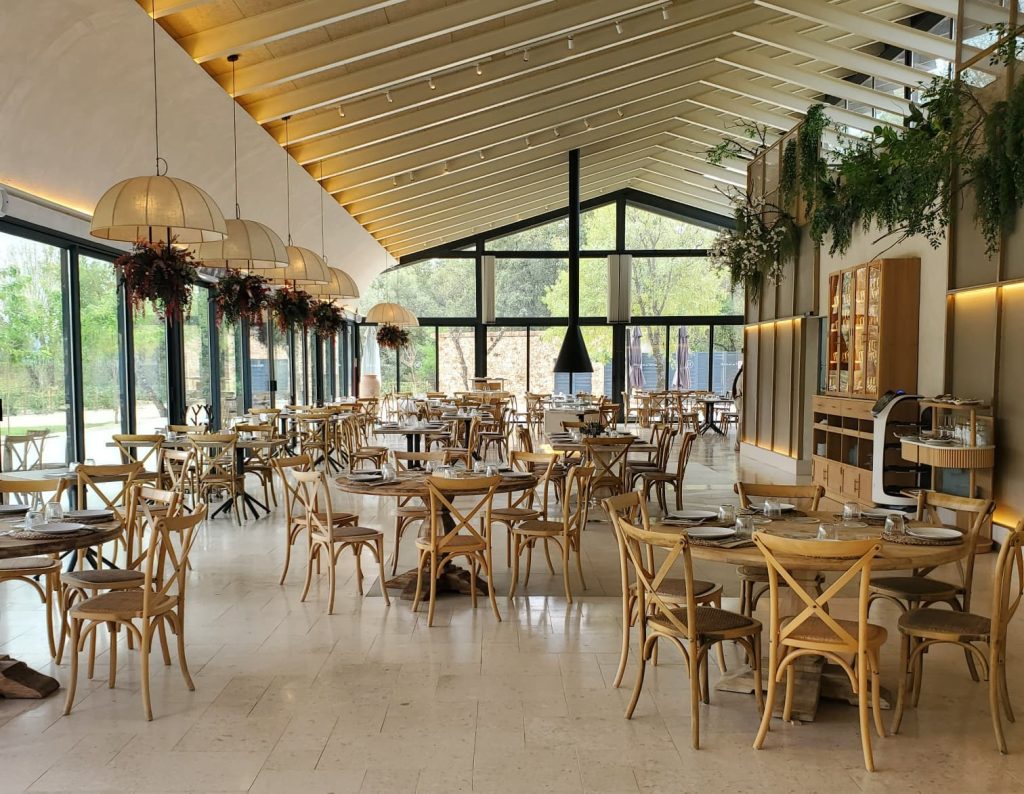
We didn’t have time, but the Huellas del Tiétar restaurant prides itself on offering a “gastronomic experience that elevates any occasion.” The kitchen is run by Jorge García, a renowned chef with over 20 years of experience and the title of Master Griller of Castilla y León. “With our own passionate and highly experienced kitchen team, we guarantee first-class culinary service…[and] dishes that combine tradition and creativity.”
Because the space feels intimate yet versatile, the estate also doubles as a venue for weddings and private events. Couples can choose from garden settings, terraces or a modest banquet hall, accommodating up to 300 guests. The blend of rustic charm and refined hospitality makes it a memorable environment for any celebration. Imagine saying your vows surrounded by vineyards older than your family tree!
Whether you’re a wine aficionado eager to explore “vinos de parcela,” a foodie hunting authentic regional cuisine, or simply someone who wants to trade city traffic for a breath of fresh mountain air, this little gem in the Tiétar Valley offers unique experiences.
By the end of the afternoon, we felt like we had discovered, in this beautiful and tranquil vineyard, a hidden slice of Spain worth returning to.
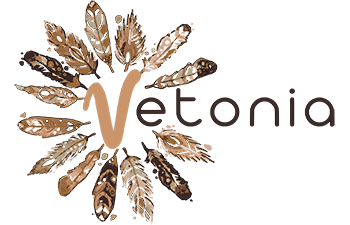
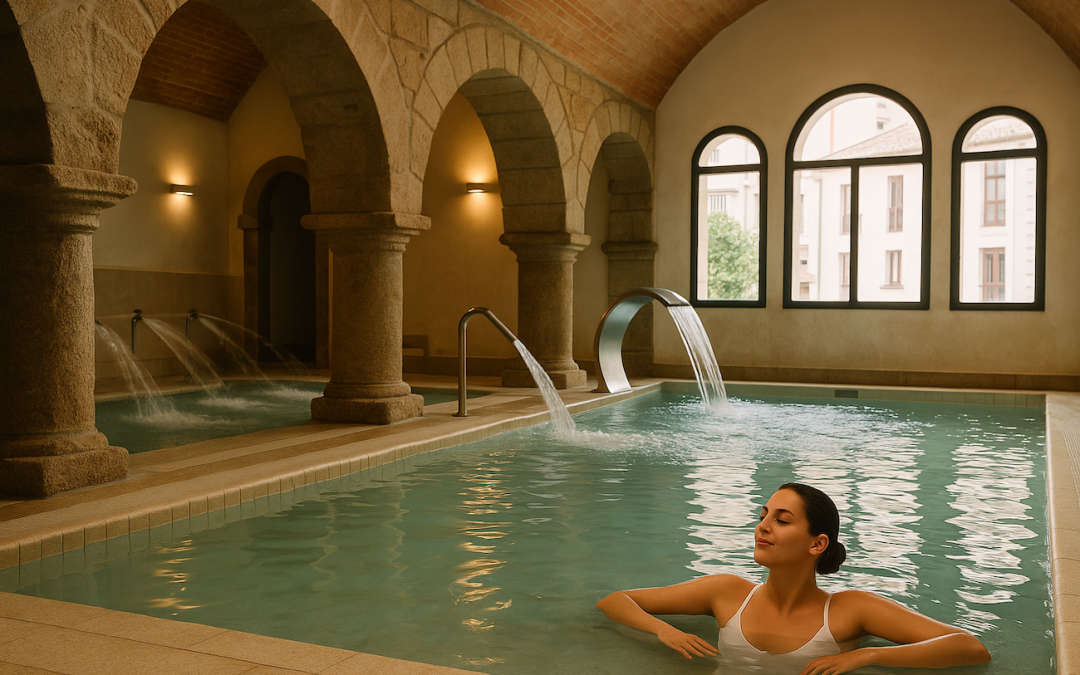

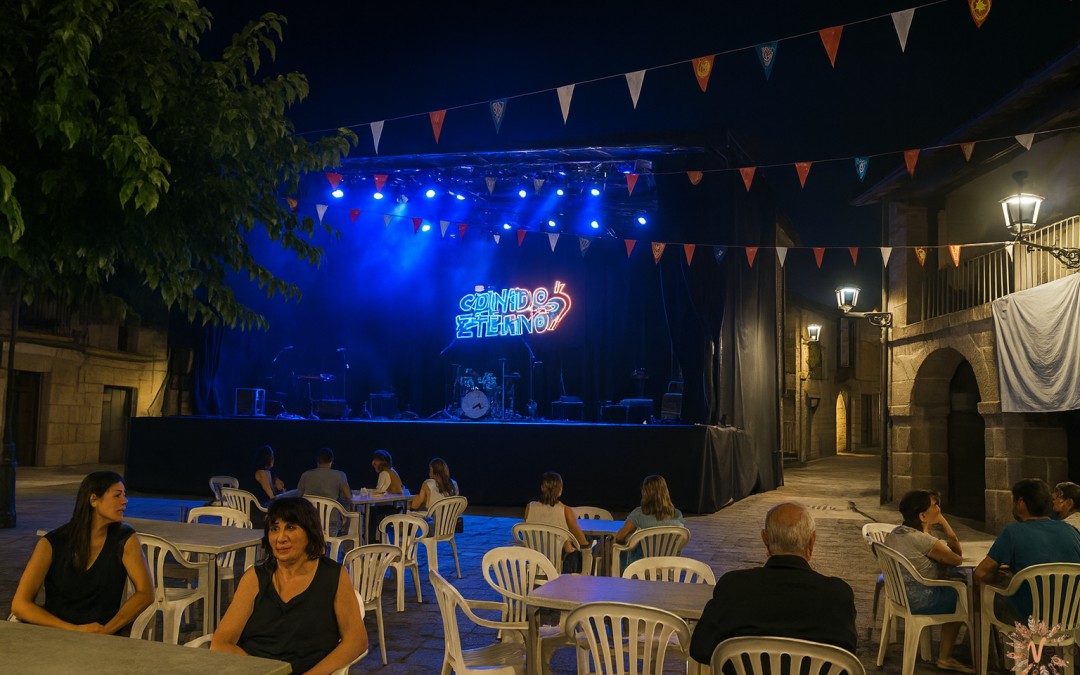
0 Comments